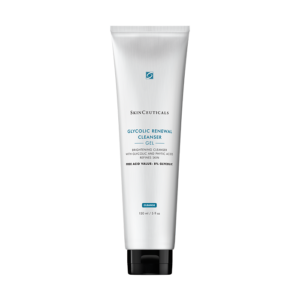How do you get rid of breakouts?
Diagnosed moderate to severe Acne needs prescribed medication. No matter what you try, unfortunately won’t help for long.
However, if you suffer with regular or random breakouts, (which are caused by hormones generally) there are many factors which can also contribute or trigger spots:
- Stress
- Change in diet
- Using the wrong skincare products
- Over indulgence
- Change in environment
- Change in health
- Lifestyle
Lots of my clients are concerned about breakouts AND issues with the visible signs of ageing.
We CAN target both of these simultaneously with the right skincare routines and products. There are some lifestyle tips below, but im here to talk about skincare.
It gets confusing because of the vast amounts of skincare products out there – the ones for oily/breakout skin are usually exactly what an ageing drier skin doesn’t need! You can book a online consultation here and we can discuss your needs and the products you currently have and use.
Breakouts need to be targeting from different angles, there are 3 main issues with spots and breakouts:
Bacteria…Inflammation and Dead-skin cells
To stop the spread of bacteria and dirt you need to be very consistent with your cleansing. Twice a day is advised. Double cleanse at night. Use a water soluble cleanser. Always cleanse after exercise to remove the sweat/salt that will sit on your skin and cause irritation.
Inflammation is what causes the redness and the discomfort, to minimise this, we need to calm the skin and nourish it. I’d never  recommend any type of teenage acne product (remember Clearsil…Ouch!) – these are awful (IMO) and often cause more inflammation and problems. This redness can sometimes hang around for longer than the actual spot-this is called post-inflammatory -hyper-pigmentation, be gentle with it and it will subside.
recommend any type of teenage acne product (remember Clearsil…Ouch!) – these are awful (IMO) and often cause more inflammation and problems. This redness can sometimes hang around for longer than the actual spot-this is called post-inflammatory -hyper-pigmentation, be gentle with it and it will subside.
For a treat, or even just to chill out for 10 minutes…I often recommend this easy to use mask to my clients who have an ageing but problematic skin. It’s got cooling botanicals and it rehydrates and soothes a reactive skin. It’s effective at calming inflammation and super gentle.
Dead skin cells on the surface of the skin allows sebum to build up underneath, leading to blocked pores and spots. It also stops your skin from glowing!
To help reduce this build up, we need to exfoliate the skin, which encourages cell-renewal and smoothness.
I’m not a fan of manual ‘scrubs’ as these can be too rough on the skin but chemical exfoliators are perfect! Think of products with salysilic acid and BHA’s for this, but use with caution…slowly to start with, always use under guidance to avoid problems.
This serum has both Salicylic and Glycolic and works a treat on a ageing blemish prone skin, you simply apply it under your moisturiser once or twice a day. However you might prefer to start with a cleanser which has glycolic acid in, like this new one – a double whammy of cleansing and exfoliating before you’re even out the shower!
You also need to keep the skin nourished and supple. A lot of people who get breakouts often have a very dry skin because they avoid creams and oils, but you must still moisturise your skin.
Don’t be afraid of adding moisture! You can even use pure plant-based oils like jojoba or a squalane at night. A reactive skin often craves oil.
More quick-fire skin care tips for blemish prone skin types
- Diet: Drink loads of plain water, try a anti-inflammatory diet; avoid red meats, eat foods rich in omegas and healthy fats, limit sugar and dairy. Take a probiotic.
- Self care: Sleep hygiene, reduce stress levels.
- Clean your makeup brushes/sponges regularly.
- Change your bed sheets often, particularly your pillow cases.
- Clean your mobile phone case.
and lastly…
Don’t pick as this can lead to scarring. But…
I know how hard it is to not pick! So, if you REALLY need to clear out a white-head…
Prepare the skin first with a exfoliant and a use hot compress to soften and warm the area, then gently release the puss with your finger tips wrapped in a tissue (not your nails!). Afterwards you must gently clean the area, then moisturise. Then leave it to recover! Be strong and don’t go back in for more.
I really hope this article has helped you in some way, if you have any questions please find me over on social media or book yourself in for a consultation
Best Wishes
Louise x

